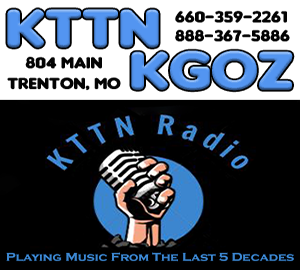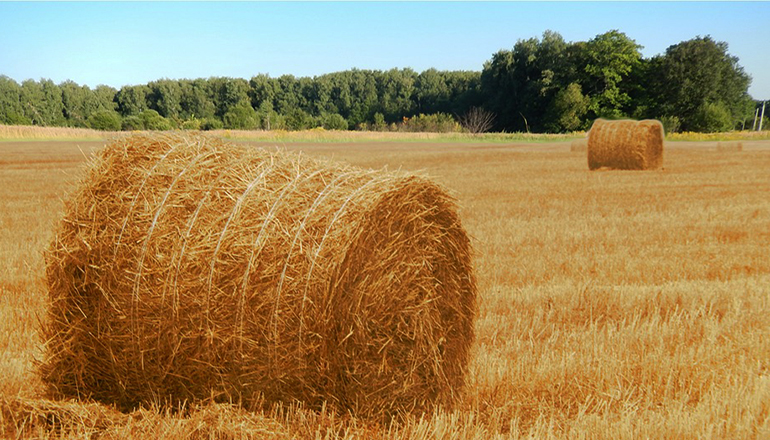On top of dealing with harsh winter weather in feeding cows, cattle farmers must guard against too much nitrate in poor-quality hay.
“Just from cases we’ve confirmed, I know of 150 cows dying in the last month,” says Tim Evans, head toxicologist at the University of Missouri Veterinary Medical Diagnostic Laboratory. High nitrate, mostly concentrated in grass stems, causes a quick death, Evans says. Nitrate converts to nitrite in a cow’s rumen. Nitrite in the blood blocks oxygen uptake. Without oxygen, cows die quickly. “Testing low-quality forage for nitrate is urgent,” Evans said. “We’re trying to get the word out. Producers need to know potential problems.”
In an MU Extension teleconference with area livestock specialists, Eldon Cole, Mount Vernon, told of two cases in southwestern Missouri. One farmer fed new forage to his herd of 70 cows. Forty were dead the next morning. In another case, 20 cows died. In both cases, producers used nitrogen or poultry litter to boost forage growth last fall.
MU Extension centers may have kits used for testing nitrate in drought areas last summer, Evans said. Those work best on split stems that are still moist. Area extension specialists for livestock or agronomy advise producers on testing and forming safe rations.
MU Extension beef nutritionist Eric Bailey says supplements dilute nitrate in cow diets. Adding starchy grain speeds up rumen fermentation more than other feeds. Hay ferments slowly. “Nitrogen is needed by the rumen bugs, and nitrate provides it,” Bailey adds. “Bugs break nitrate down to provide nitrogen. When fermentation is slow, not much nitrate is digested.”
Unused nitrate, converted to nitrite, spills into the blood. Adding grain to hay diets speeds nitrate usage. “I’d start with half a pound of grain per 100 pounds of body weight. In short, order that goes to a pound of grain per hundredweight as rumens adapt to more grain,” Bailey said.
The MU diagnostic lab also tests for nitrates in suspected poisoning cases. Not all deaths are caused by nitrate. Testing fluid from eyes of dead animals for nitrate confirms the diagnosis. A host of events add to current problems, Evan says. Shortages of hay and grass followed droughts starting in 2017 through the summer of 2018. “Many farmers feed hay they wouldn’t normally feed,” Evans says. “With hay shortages, they feed what they can get.” Farmers must use caution with hay from unknown sources.
In general, nitrate accumulates first in lower stems of grass and then moves higher. This year that might be Sudan grass, millet, barnyard grass or other forage not usually baled for hay. Nitrate distribution isn’t uniform through forages. “In one case, with 14 dead cows, a farmer sent four hay samples,” Evan said. “Two samples had no nitrate, one had moderate nitrate, while the fourth had toxic levels over 1 percent nitrate.”
A visual test for nitrate poisoning in cattle is to look at the blood. Blood low in oxygen will be chocolate brown. Animals surviving nitrate poisoning may appear unthrifty in recovery. Pregnant cows may abort calves or deliver early weak calves. Testing an expelled fetus can confirm high nitrate exposure.
With shortages of quality hay and frigid weather with higher feed needs, we saw this coming, Evans says.
MU Extension state forage specialist Craig Roberts warned herd owners last fall to go light on adding nitrogen to fall grass growth. Nitrogen or poultry litter makes more hay growth but can increase nitrate or other toxins.







